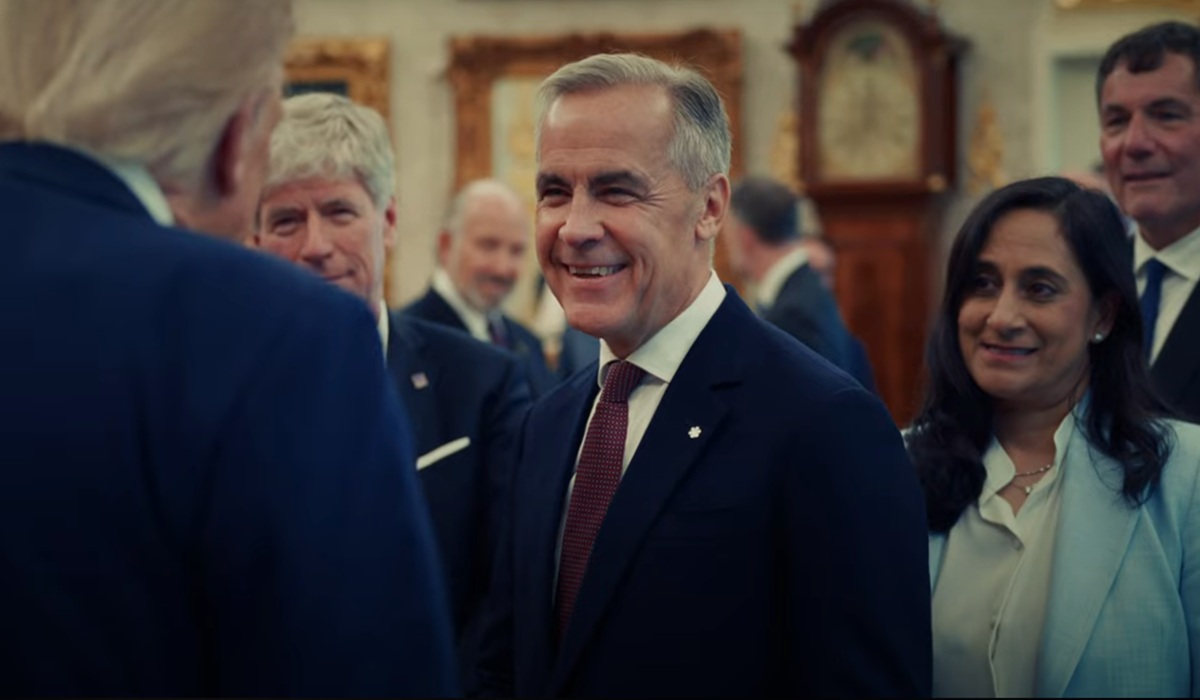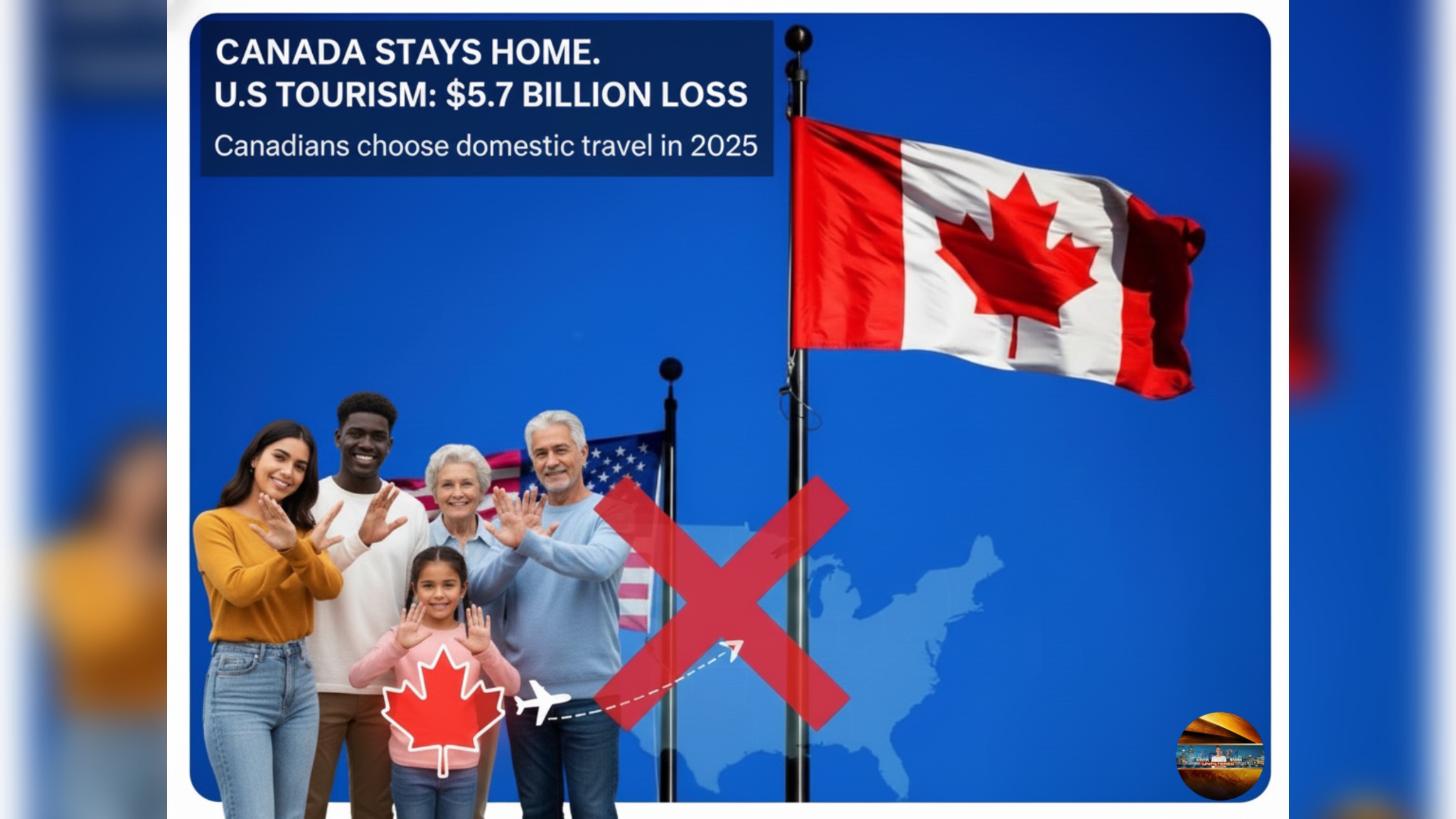No Trade Breakthrough as Carney’s Meeting with Trump Ends Without Progress
- Kingston Bailey
- Canada
- October 8, 2025

In Washington yesterday, Prime Minister Mark Carney met with U.S. President Donald Trump in what many had hoped would mark a turning point in Canada–U.S. trade relations. Instead, the talks concluded without a deal, leaving tensions unresolved and many observers calling the meeting a diplomatic dead end.
Carney’s visit to the White House was framed as a critical effort to ease mounting trade disputes that have strained relations since Trump’s return to office. Canada continues to face steep American tariffs on steel, aluminum, autos, and several agricultural products—measures that have hit exporters and manufacturers hard. Expectations were high that this second Carney-Trump meeting might yield at least a framework for progress. Instead, it produced photo ops, vague pledges of “ongoing dialogue,” and little else.
While Trump praised Carney as a “world-class leader,” he stopped short of offering any substantive concession. The President hinted at his desire to “renegotiate” or create “new bilateral deals,” language that signals his preference for transactional, one-sided arrangements rather than the cooperative trade framework Canada seeks. Carney, for his part, reiterated Canada’s commitment to fair, rules-based trade and emphasized the importance of economic stability across North America. But those statements did little to mask the lack of tangible outcomes.
In Ottawa, opposition leaders and industry groups expressed frustration that another high-profile meeting produced no measurable progress. Business associations representing the steel and automotive sectors have been particularly vocal, arguing that uncertainty around U.S. tariffs continues to erode competitiveness and investment confidence. Critics called the talks “a waste of time,” accusing Trump of using the meeting more for political theater than diplomacy.
The U.S. President’s negotiating style remains a central obstacle. Trump has long rejected the concept of “win-win” deals, preferring approaches that emphasize American dominance and leverage. This philosophy, which he has applied to trade talks with China, the EU, and Canada alike, leaves little room for mutual benefit. Many analysts believe Carney faced an impossible task—negotiating with a counterpart who views compromise as weakness.
Meanwhile, Canada’s Foreign Affairs Minister Anita Anand also met separately with U.S. Secretary of State Marco Rubio to discuss broader bilateral and global issues. Their conversation reportedly covered security cooperation, Ukraine, and humanitarian concerns, but not the core trade disputes dominating headlines. That omission reinforced perceptions that Ottawa’s diplomatic channels are being politely maintained but not effectively leveraged to resolve economic friction.
The outcome underscores the growing challenge for Carney’s government: how to defend Canadian trade interests while managing relations with an unpredictable U.S. administration. In recent months, Canada has already taken steps to de-escalate tensions, including suspending its planned digital services tax and lifting some retaliatory measures. Those gestures, meant to signal goodwill, appear to have yielded little in return.
For Trump, the calculus is straightforward. His administration views tariffs as tools of pressure, not punishment. By maintaining leverage over Canada, the U.S. can extract future concessions across multiple sectors—from energy to defense procurement. For Carney, however, this approach means entering talks where the deck is stacked from the start.
In the absence of a deal, Canada may now explore alternative avenues. Officials in Ottawa are reportedly considering deeper trade diversification, strengthening ties with the European Union, Japan, and Southeast Asian markets to offset dependence on the U.S. Others suggest Canada should adopt a firmer stance—re-imposing select counter-tariffs to remind Washington that cooperation must flow both ways.
Despite the lack of progress, both sides publicly insist the door remains open. “We had constructive discussions,” Carney said after the meeting, framing the talks as part of an ongoing process. But to many Canadians, “constructive” is beginning to sound like code for “nothing achieved.”
As for the next steps, working-level teams are expected to continue technical talks on sector-specific issues such as steel quotas and auto content rules. Yet unless the White House shifts its zero-sum stance, observers predict more stalemates ahead.
For now, the meeting will be remembered less for diplomacy than for disappointment—a reminder that when it comes to negotiating with Trump, Canada faces not just a partner across the table, but a rival guarding the door.








